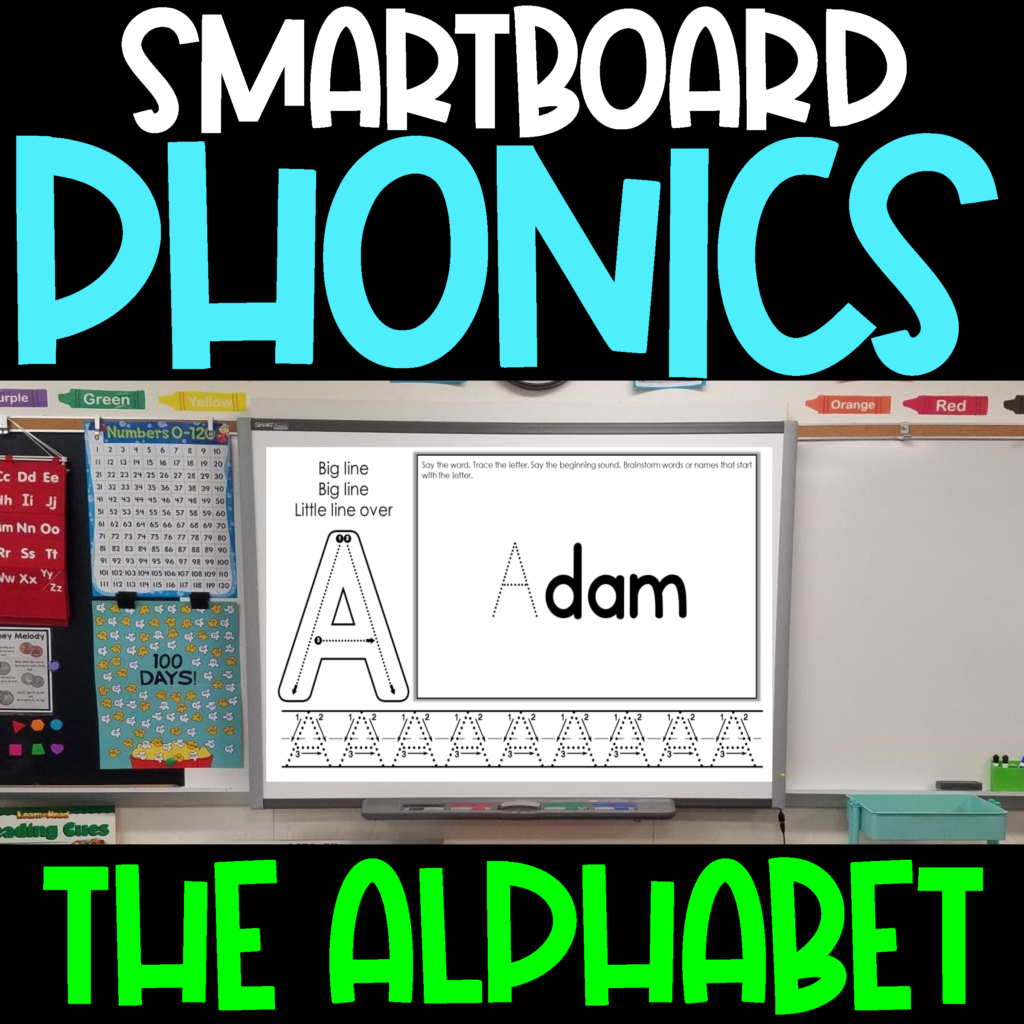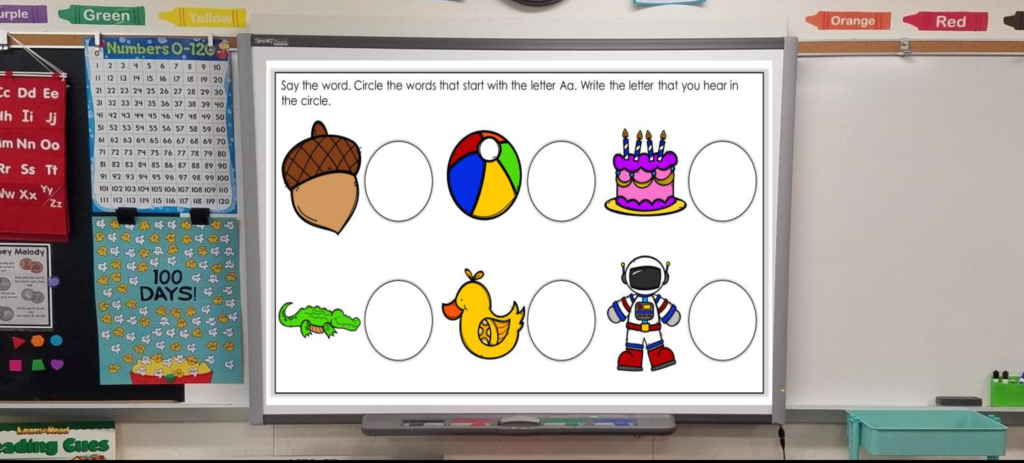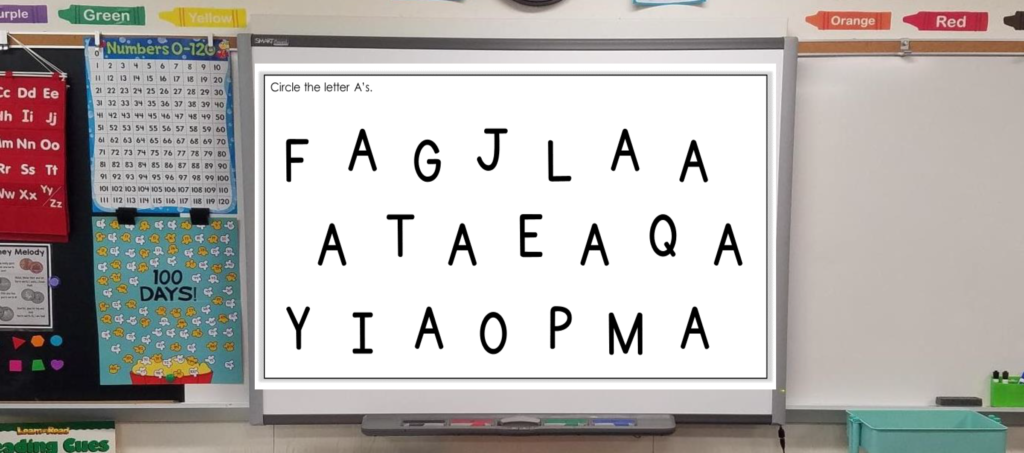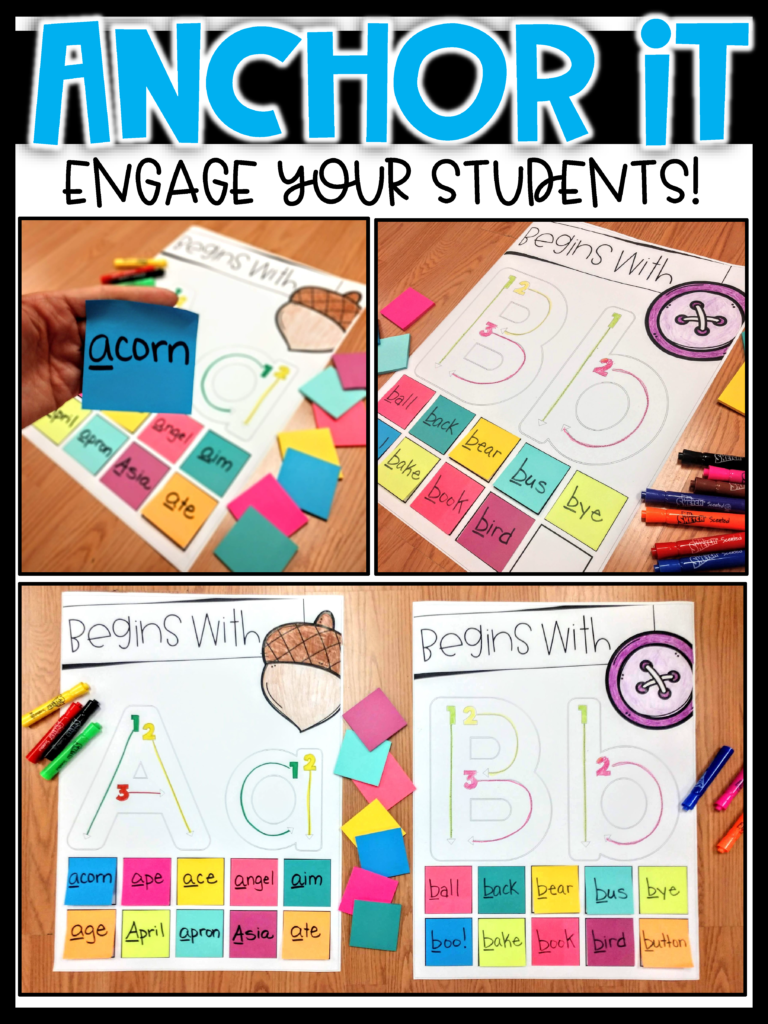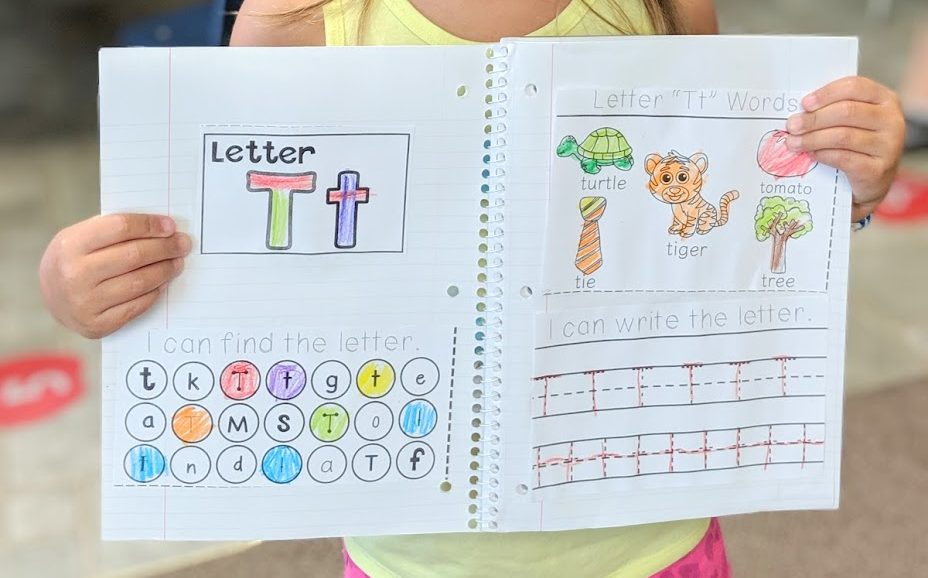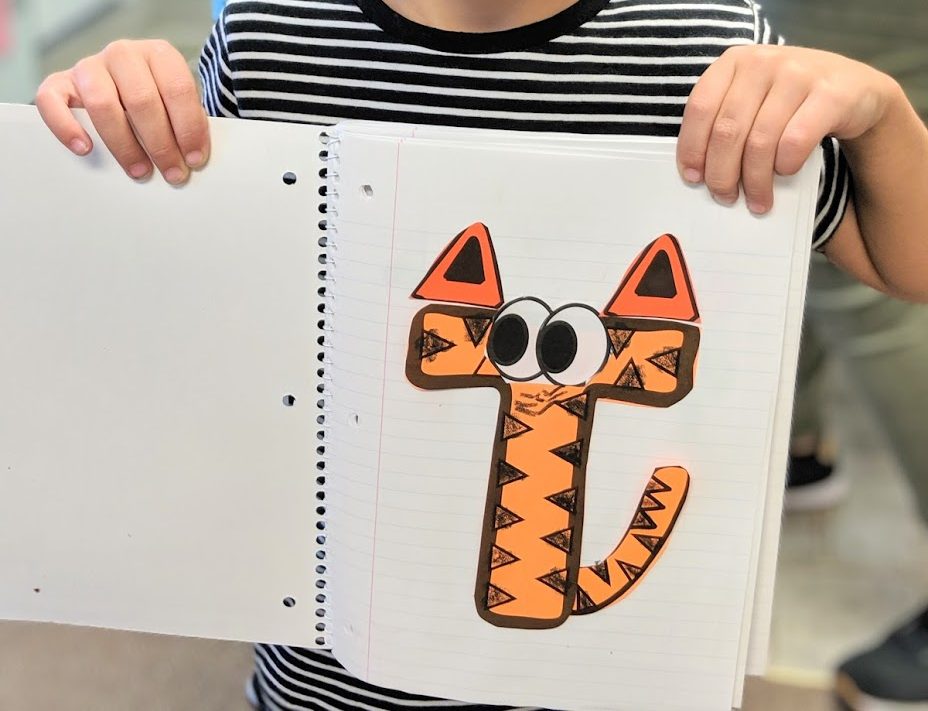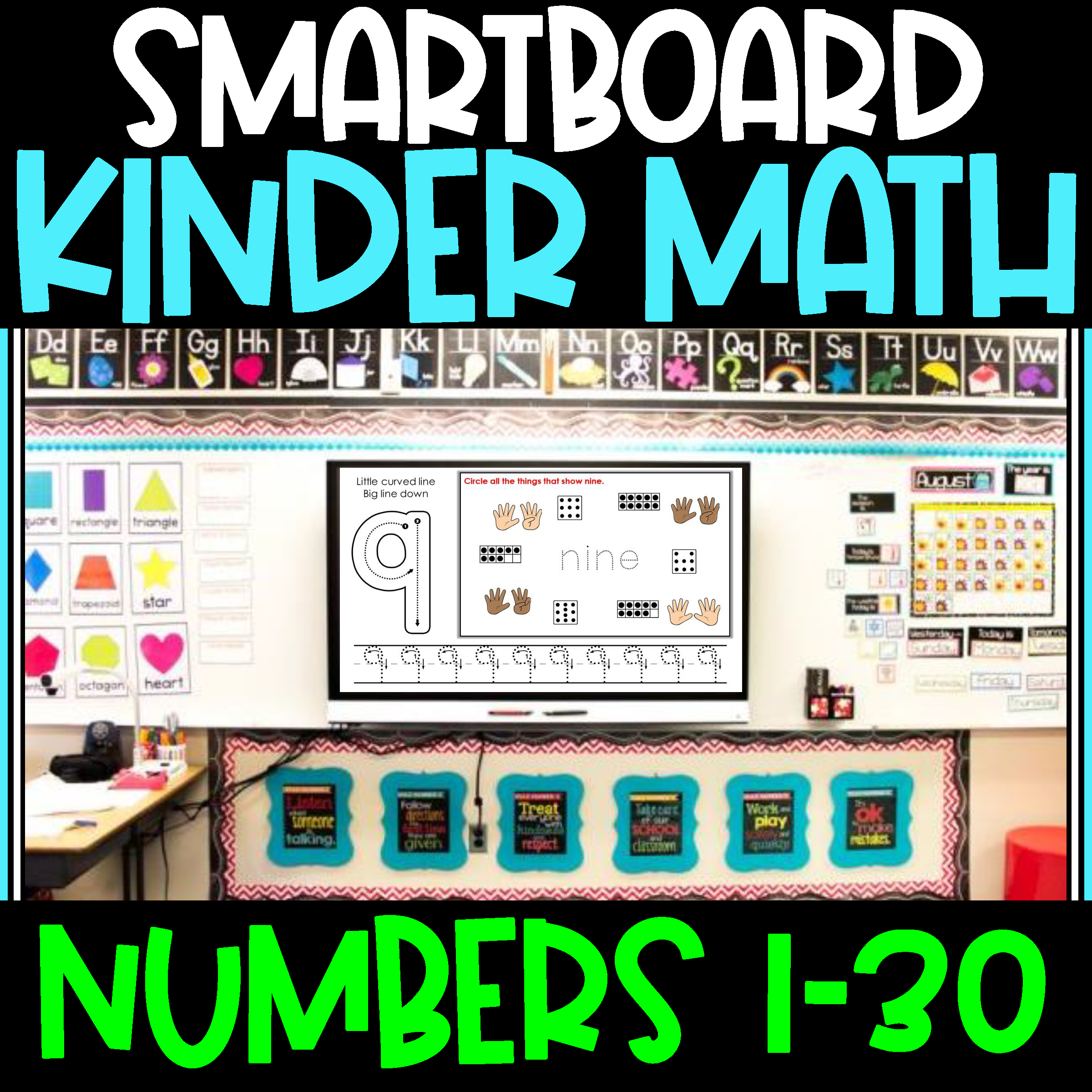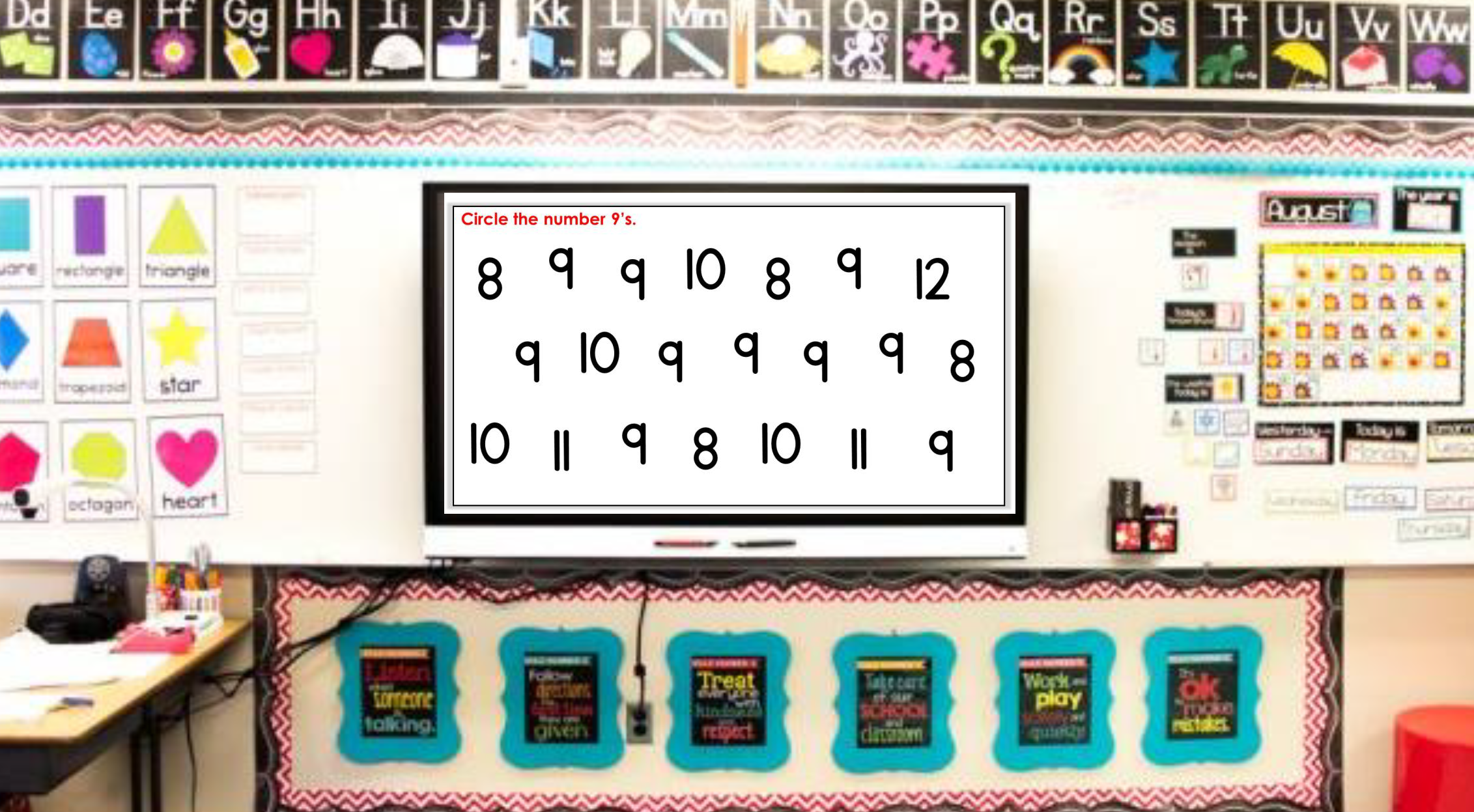We love sharing our favorite resources, books, classroom supplies and teacher stuff with you. When we do, we may earn money or products from the companies mentioned in this post. This does not affect our choices in what to recommend. Rest assured, we only recommend our favorite products to you! You can find our full advertising policy on the Partner With Elizabeth page.
October is here and we have been in school about one month now. September was all about putting into place good procedures and routines to make our entire run smoothly. But now we are setting into that routine and October is all about building a solid foundation. Take a peek into my classroom to see what we are doing in October.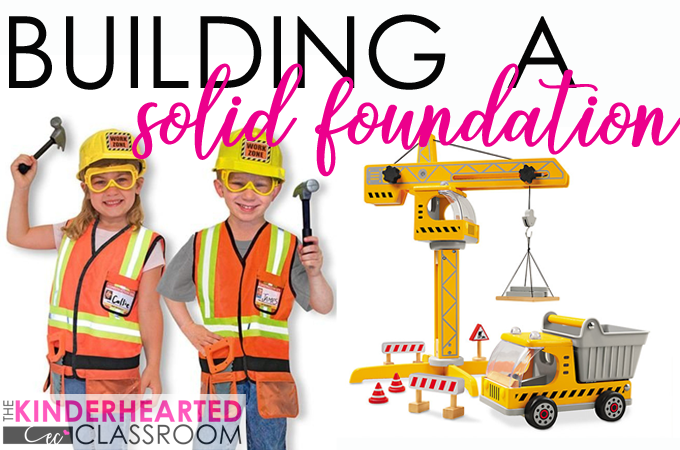
October in Kindergarten
This month is all about the basics. If you have ever taught kindergarten then you already know there is a challenge that is unique to kindergarten; your students come to you at all different places. What I mean by that is some kids come in knowing all the letters of the alphabet, some know the alphabet song but cannot identify the written letters, and others come in already reading. Some students are already writing their name before they start kindergarten while others have never done that before. Some students count to 100 with pride, some can count to 10, while others are unsure about counting at all. A side array of skills and abilities is almost an understatement.
{Now if you teach a different grade, you might be yelling at your computer right now “I have a wide variety of kids too!” I’m sure that challenge is something that all teachers see. The difference, however, is that in kindergarten, you don’t have any previous documentation of a student’s level or ability. It all must be figured out starting on Day 1.}
Why the basics?
This vast difference in skills is the reason I like to focus on the basics. I have no control over what happens to my students outside my classroom but I can control what experiences they have inside. Having common experiences is a wonderful way to unite the students and to makes a great object lesson for the class. You will often hear me say “Remember when we . . . ” Well, this is drawing on those common experiences in order to connect new learning. Also, a little review never hurt anyone! 🙂 Sometimes it is in this “review” that you are able to find and correct small errors that might not have been noticed immediately. This is why going back the basics can help everyone!
Going back to the basics is where we start building the foundation of academic learning. Letters, Numbers, Colors, Shapes – the basics. Although in today’s rigorous educational standards, these might be considered preschool and pre-kindergarten skills, they are still a very important part of the foundation. It’s worth taking a little time at the beginning of the year to make sure each student has a solid foundation. After all, I’ve never heard of anyone building a house on a “swiss cheese” foundation. Whether a student has one or two small holes or whether there foundation is completely void of any solid surface – they all need a solid foundation to build upon. So we must start here!
The Alphabet
For each letter we learn we follow a consistent pattern of activities: a whole class interactive smartboard activity, the creation of an interactive anchor chart, we add the letter to their interactive notebooks and we complete an adorable letter craft. Through this series of activities the students get repeated practice on identifying the uppercase and lowercase letters, naming the letters, connecting the letter with its sound, writing the letters and working on words with each sound. Here’s a glimpse into those activities:
In Smartboard Phonics – each uppercase and lowercase letter has 4 activities.
The students love these interactive activities. We take turns using the iPad to “write” on the screen and the other students are using a white board to write the letter too!
The interactive anchor charts area a great tool that the students use throughout the day. We start by reviewing the correct letter formation. One student traces it on the board while the other students air write, finger write on their palm, or finger write on a neighbors back. After brainstorming words that start with that letter, we write them on sticky notes and add them to the anchor chart.
Next up, is a chance to put everything they’ve learned into practice. The students complete similar activities in their own interactive notebook. I’ll be the first to admit that when I started interactive notebooks with kindergarteners I thought I was a little crazy . . . BUT they are doing great! The students love being able to build their alphabet notebook and they are really taking ownership of them. A huge shout out to Crafty Teacher Link for these fun notebook pages and letter crafts!
So there you have it – the main components to our letter learning routine. We also love chanting the alphabet and sounds, singing songs and doing other fun and active reviews.
Numbers to 20
Another key component to building a solid foundation is learning numbers. In October our focus is on numbers to 20. In a similar manner as we did the alphabet, we follow a consistent routine of lessons and activities when we work on learning numbers.
The interactive smartboard activities as a class favorite! They are designed very similarly to the alphabet activities. The consistency is great and really helps the students pick up quickly so they know what to do. The students love having these activities as a center option too!
We also do lots of hands-on center activities that help the students work on counting and number identification. They really love these block activities! Students must build the number pyramid just like the card. Once it is built, they practice naming the numbers.
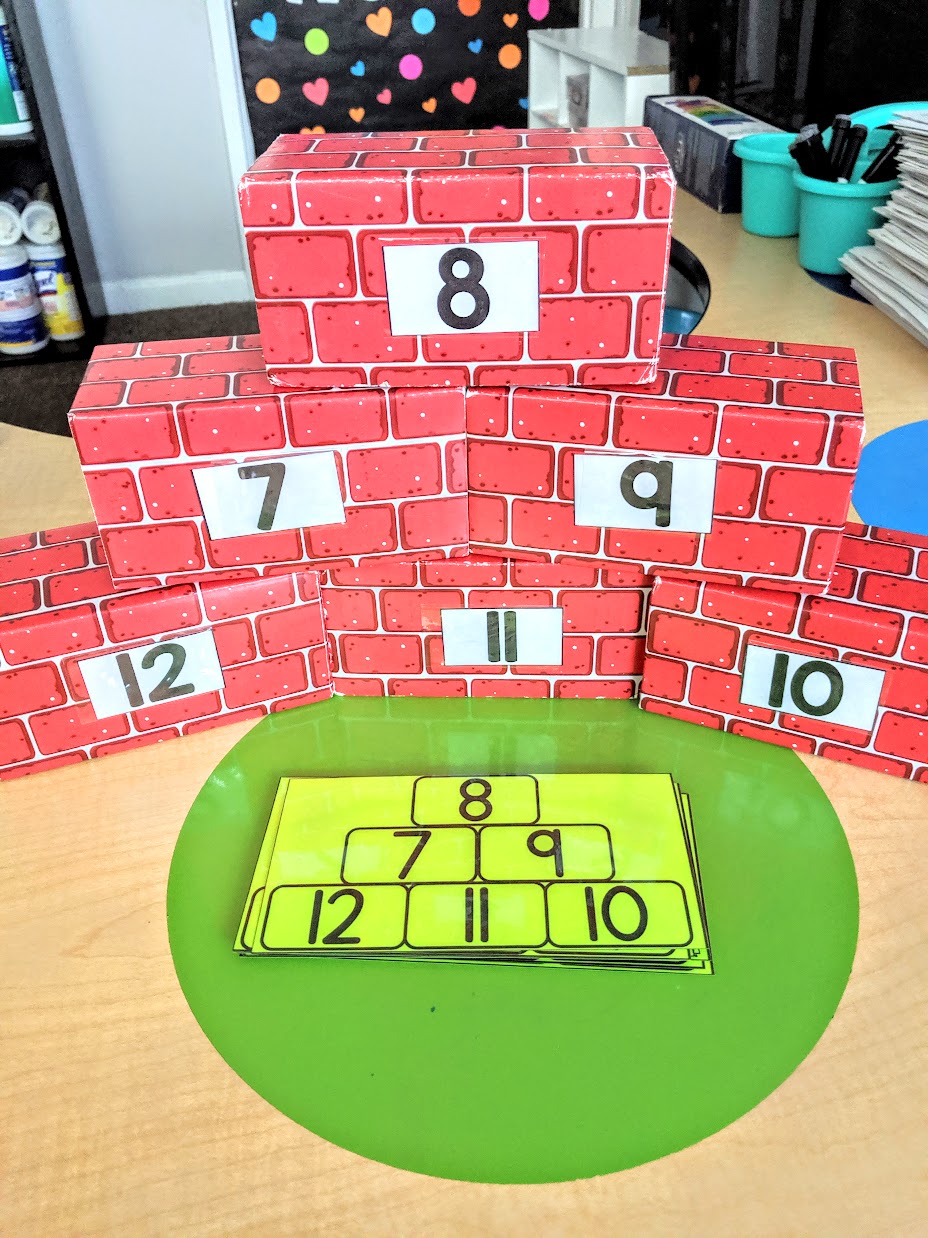
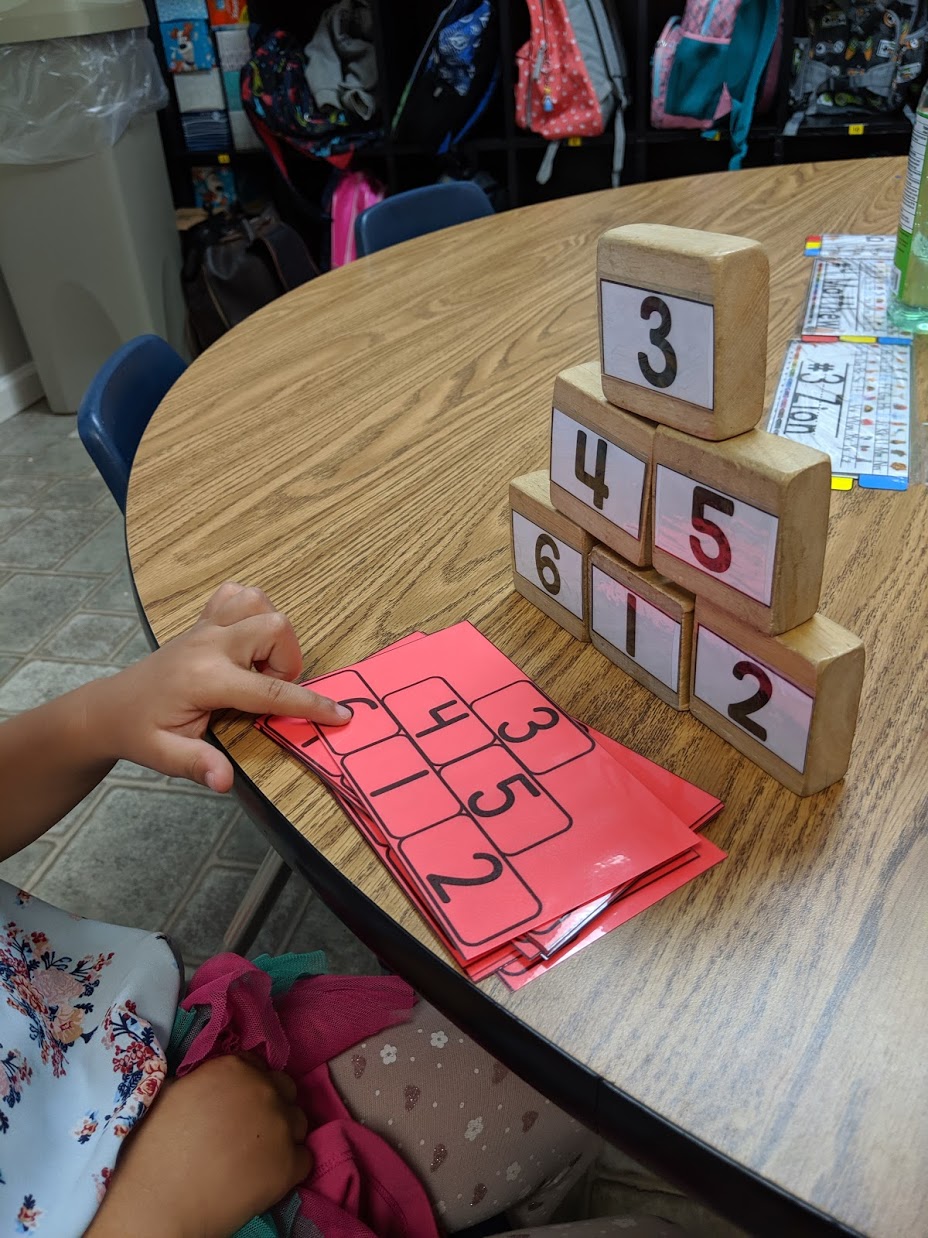
These chain number identification and counting activities are a hit too!
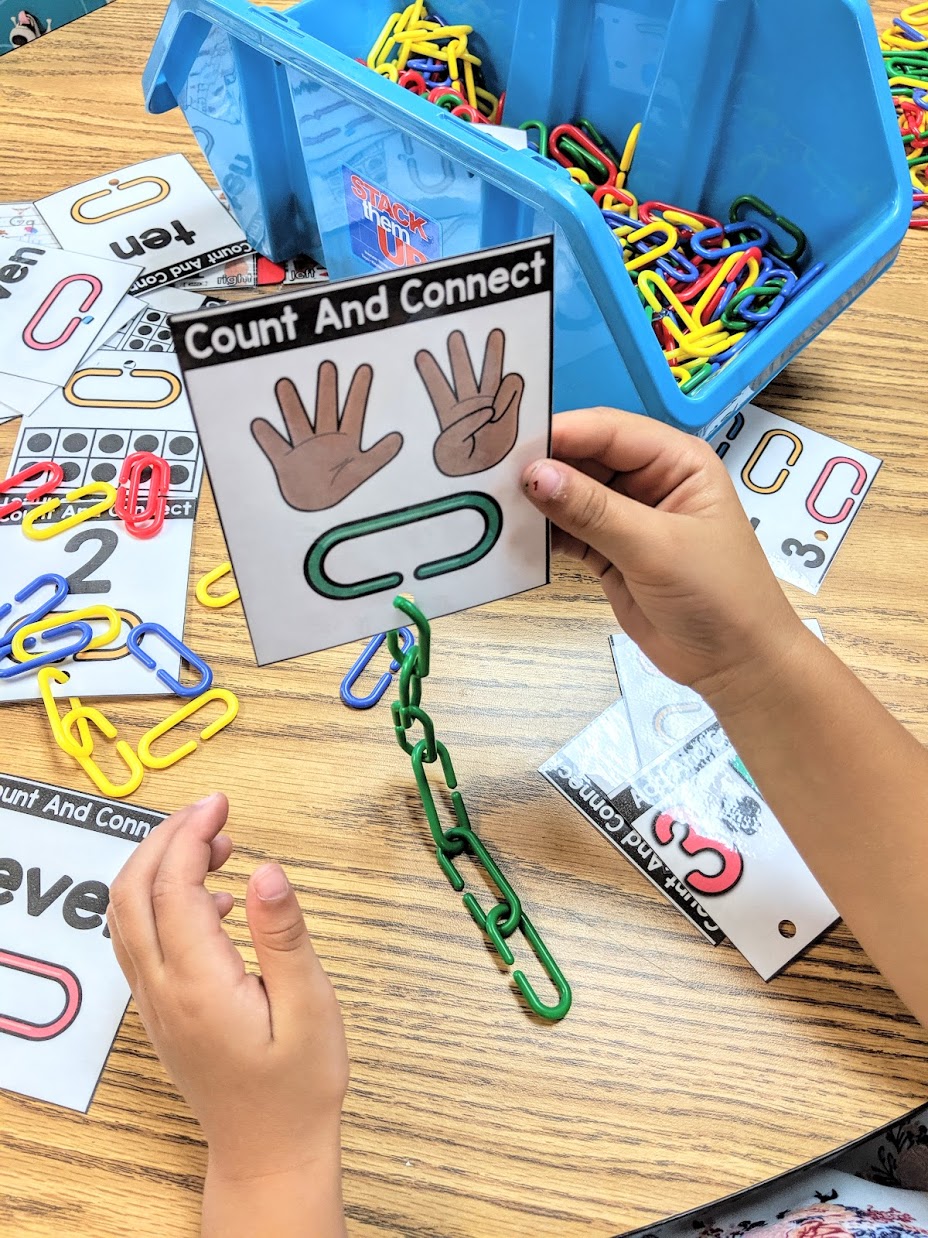
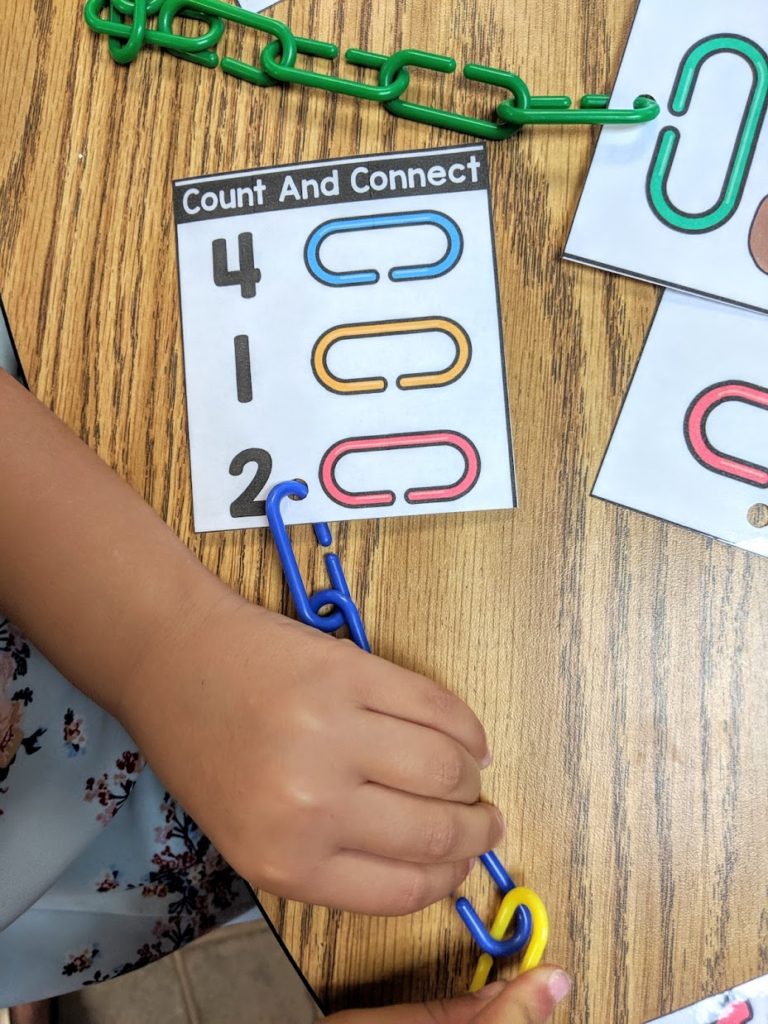
All of these math centers (and LOTS more) are currently available at The Clever School Teacher!
